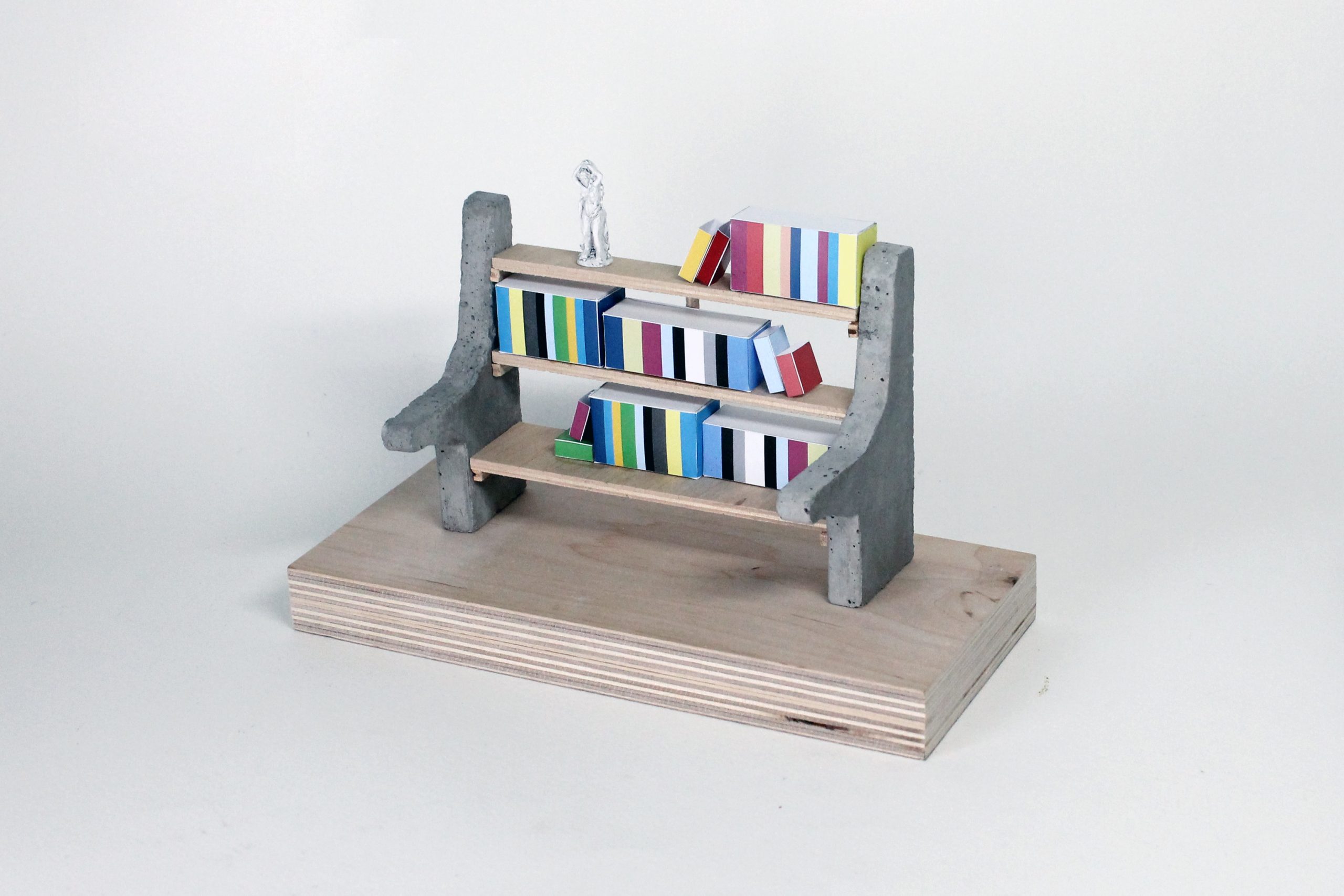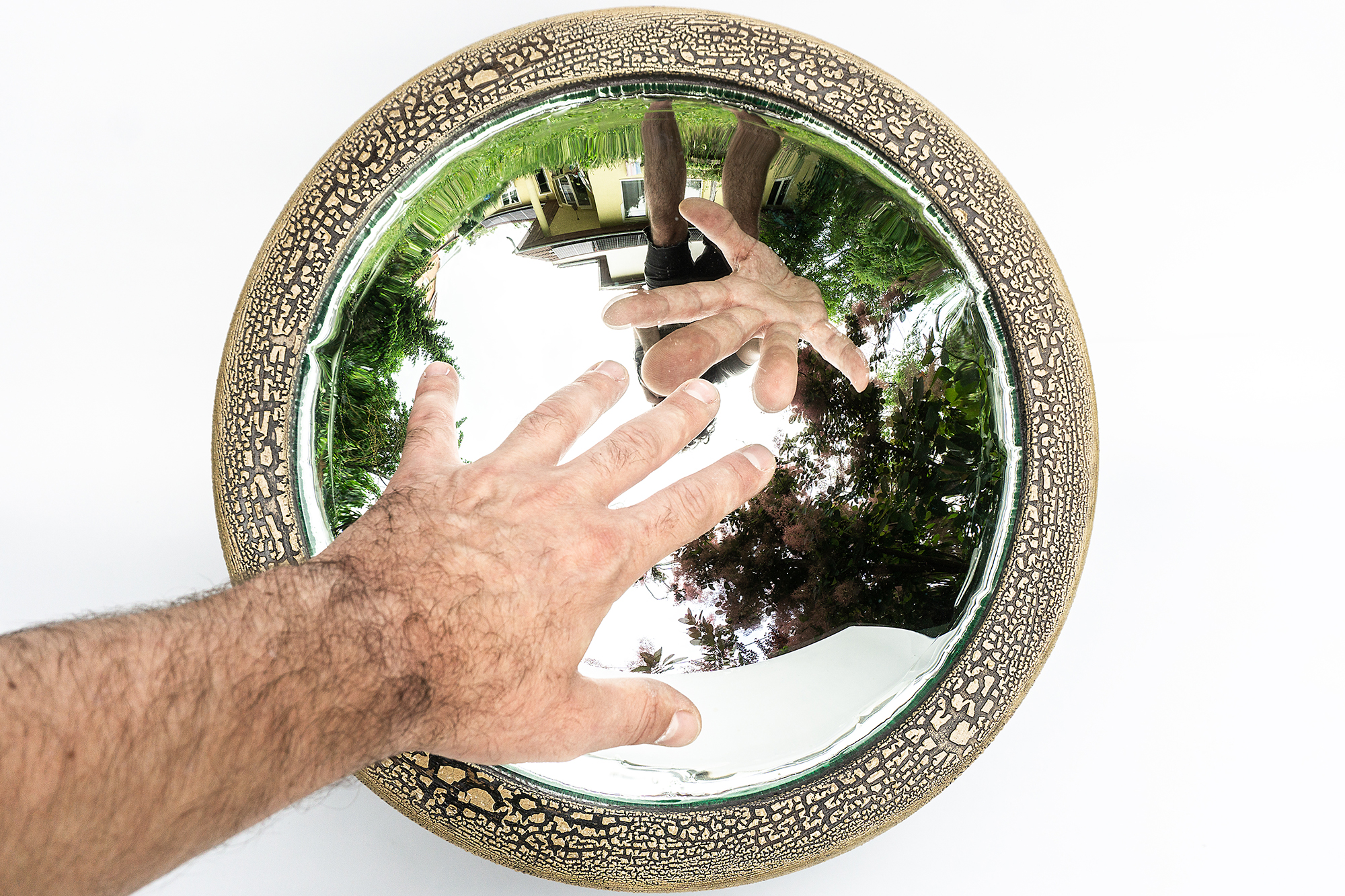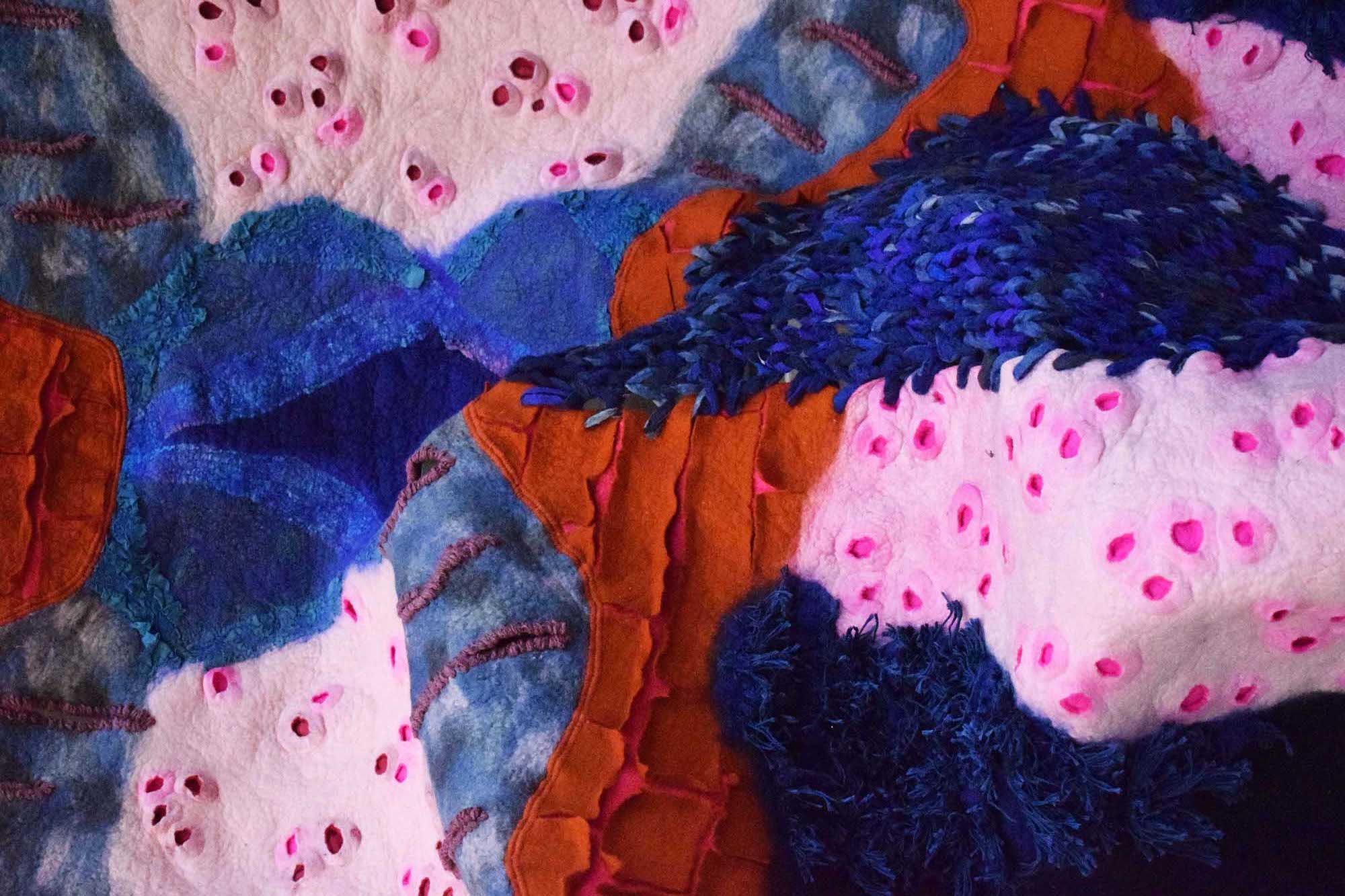

The charm of ordinariness – There’s something new under the bench by Balázs Kisgyörgy
Is there something new under the sun? Based on the often-quoted proverb, there isn’t, even though we seek, crave, and celebrate the mythicised novelty associated with artistic creation. On the other hand, there is so little novelty to questioning the very same notion that it emerges again and again throughout the century between Marcel Duchamp’s The Fountain and the current trend of reinventing IKEA’s FRAKTA bags as pieces of clothing. Wherever we look today, we are surrounded by remixes and remakes, whether it’s imitations of 80s synth-pop sound and topping Spotify charts, Disney movies adapted to contemporary taste or reused political ideologies. So is there such a thing as new? Balázs Kisgyörgy’s project There’s something new under the bench explores the contemporary object culture through this and other questions.
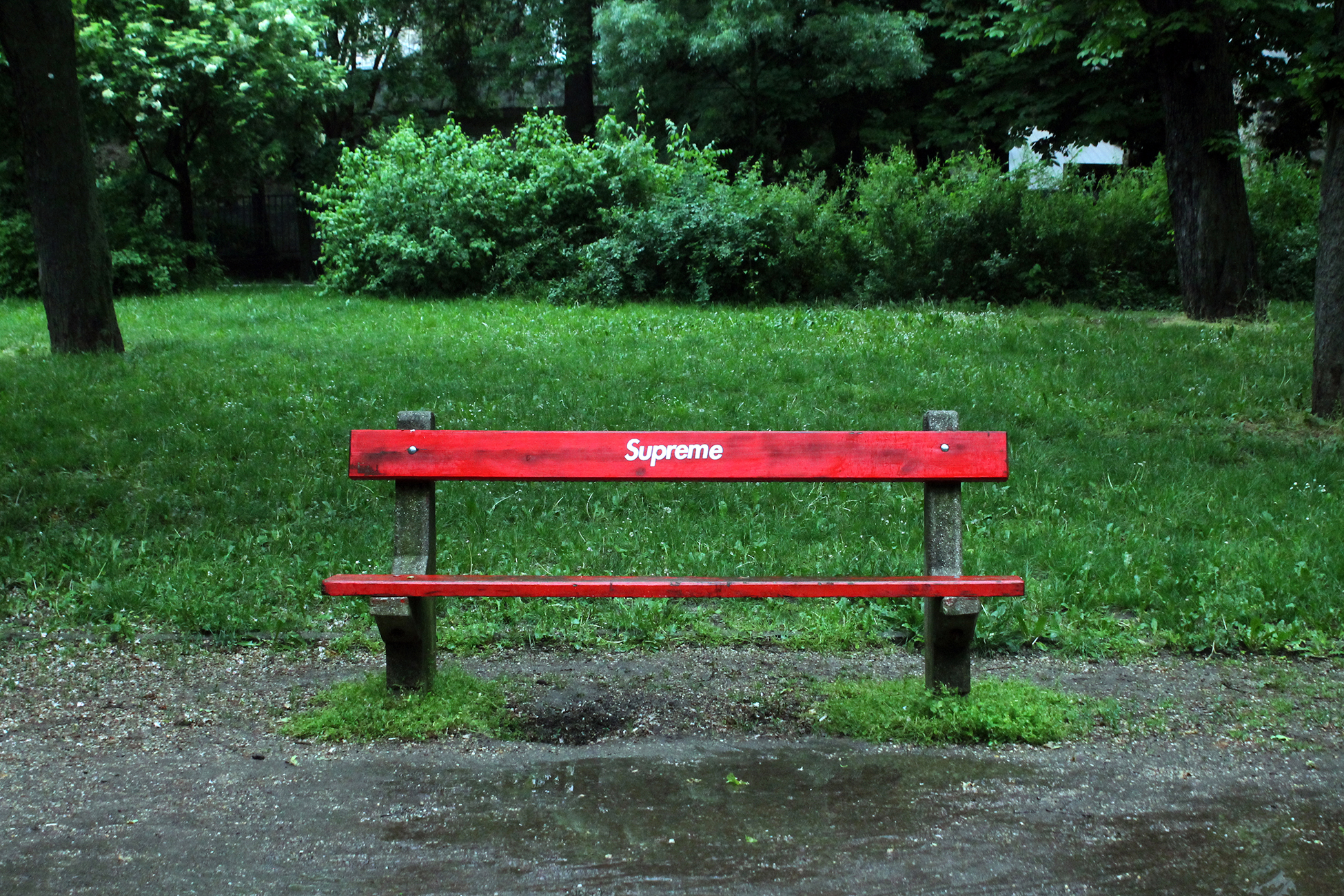
From the period of pop art and the closely related radical design to the present day, the question whether there’s a point to creating new objects remains highly relevant. To quote Máté Sipos, “if the substance of a given group of objects has matured virtually irreversibly by now”, is it justifiable to ask what novelties can another bag, another car or another lamp bring to the present culture of overproduction and overconsumption? Applying a design-critical approach, Balázs called on playful experimentation inherent in reinterpretation for help.
“MOME product design diploma projects are often product-like and remain stuck at concept level. Of course there are projects that grow into a successful business or win awards, but personally, I miss personal, self-reflective thoughts. For this reason, I designed an experimental item collection with the purpose of to breaking down a selected object into its components and create as many new, puzzling, funny, or absurd variations as possible.”
Stripping something of its original context, turning it upside down, taking it apart and putting it back together in a different way is a distinctly Dadaist move, which – though far from being novel – continuous to be relevant for contemporary theories of circularity. It is echoed in Maurizio Cattelan’s banana taped to a wall or Virgil Abloh’s quotation marks, as a reminder how readymades have changed our notions of art, design, and overall, the charm of novelty. The protagonist of Balázs’s project presents such an exciting challenge because it couldn’t be more ordinary. The city park bench, or “red bench” as it’s called in urban vernacular, has been an integral part of our object culture for the past nearly 50 years and kept in the fond memories of several generations, and yet they blend seamlessly into the backdrop of our everyday public space use. Despite its shabby appearance and claims of outdatedness, various design reinvention concepts pointed out its potential to become an iconic object – only we need to look at it differently.
Why shouldn’t it be pared down into single seat only, as a distorting mirror for social anxiety? Or combined with the obligatory accessories of Hungarian gardens, the coloured plastic chairs, to give two underappreciated objects new life at once? The latter was transferred from the world of sketches and miniatures to the city, partly to fill the gap of thought-provoking public space interventions. At the same time, these experiments with different form variations often go beyond the original function assigned to the object. “I specifically sought to create something beyond seating, and to treat the elements as building blocks. Later on, I also distorted, chopped up, altered, and rearranged the cement base.” This way, the collection also includes an entirely deconstructed bench that gives the impression of ready-to-assemble furniture, a bench resembling a ping pong table or a slide, and an assamblage bench combined with the national tradition of cooking in a bonfire stew pot.
The serious design critical reflection blended with playful experimentation speaks to our inner child, or to quote Ákos Schneider, “a naive approach to the world that lets us see the world however we want to”. The various bench variations – some inspired by art and design history, some remixing culturing codes, some even having contemporary political implications – help identify the novelty and potential in the ordinary. There’s something new under the bench alsopromptsusers to reflect. Acting as a community archive, the Instagram page of the project also collects the grotesque or inventive alterations to the benches. Sparked by imagination freed from conventions, we might be witnessing the birth of a truly iconic object.
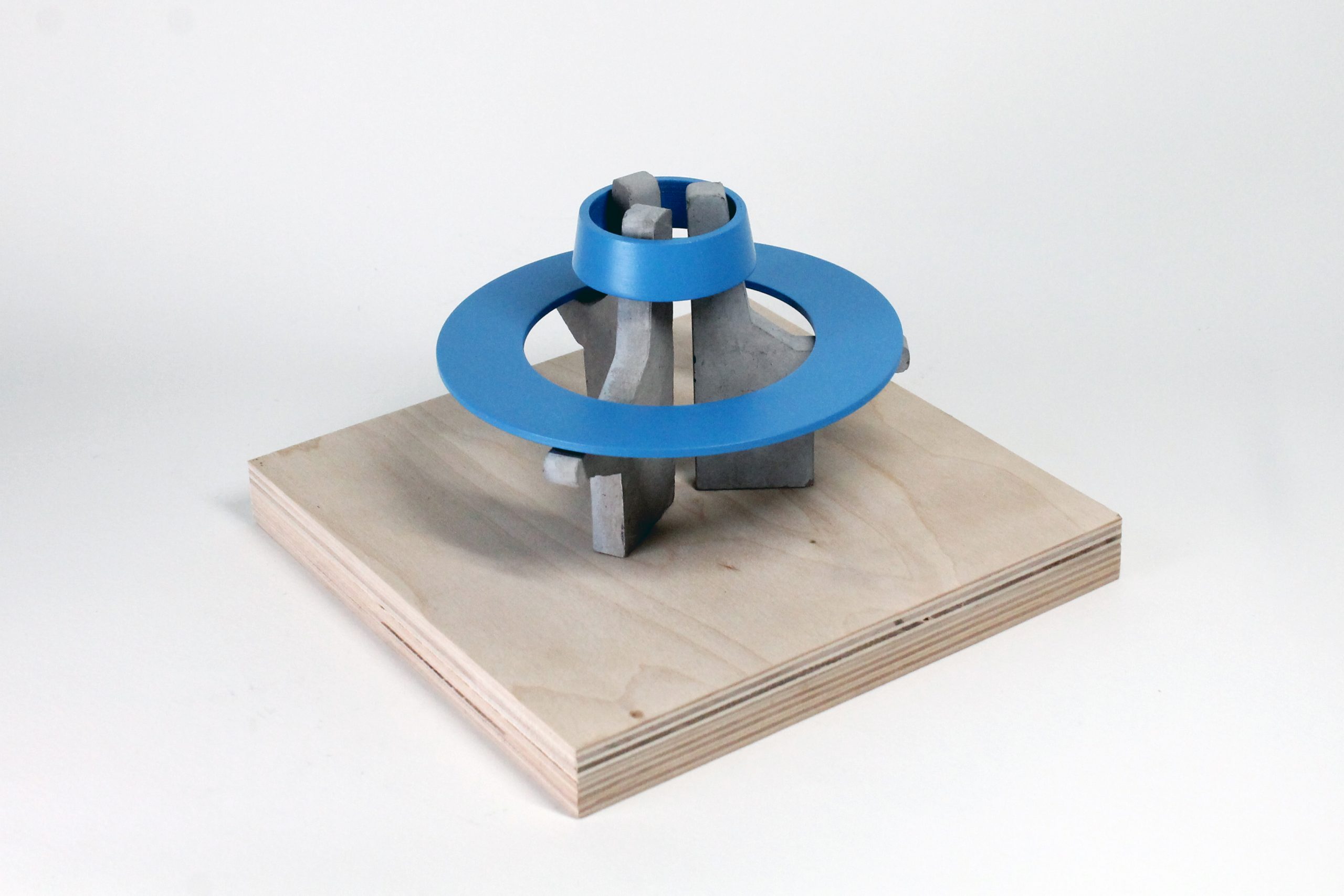
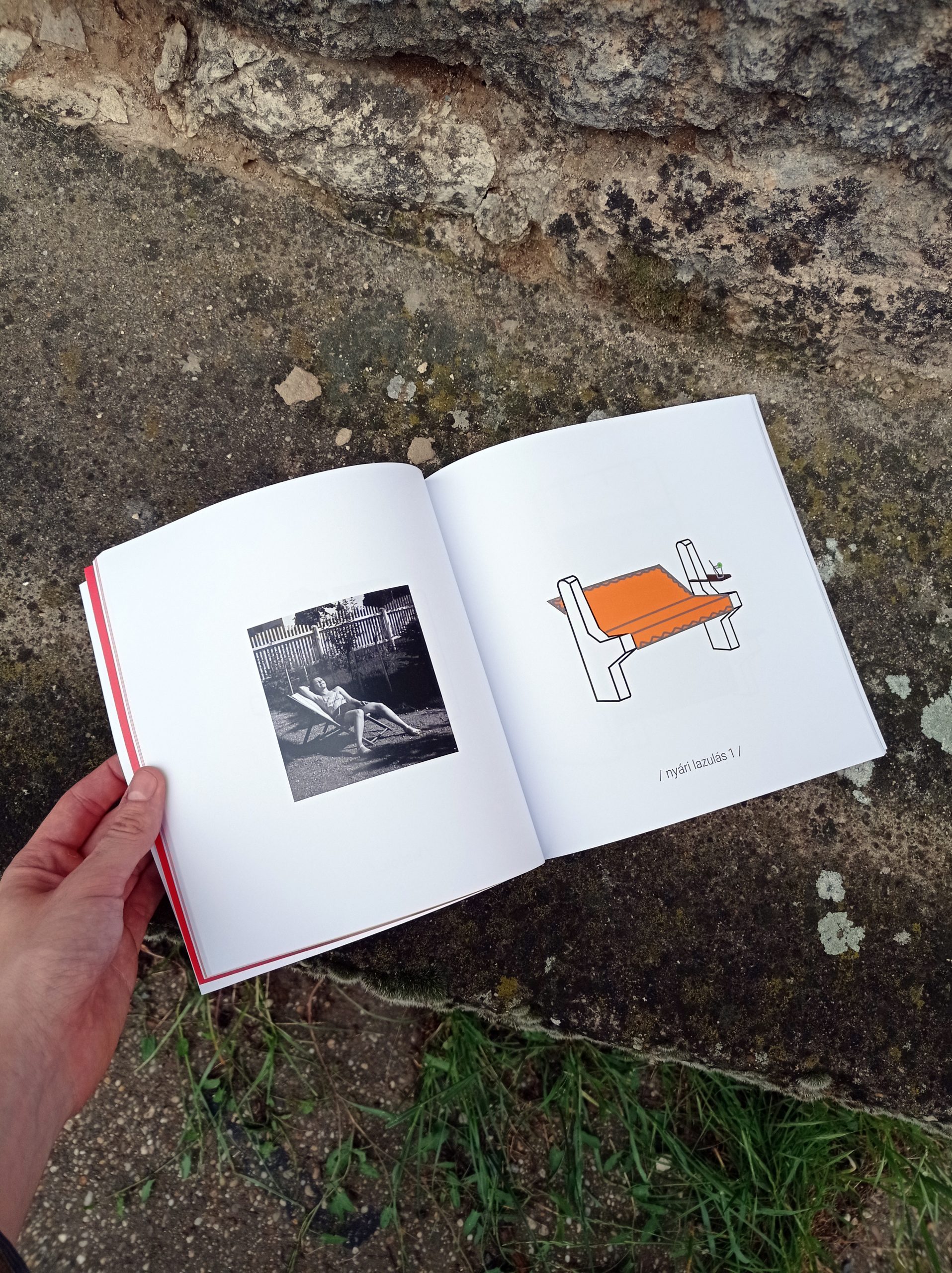
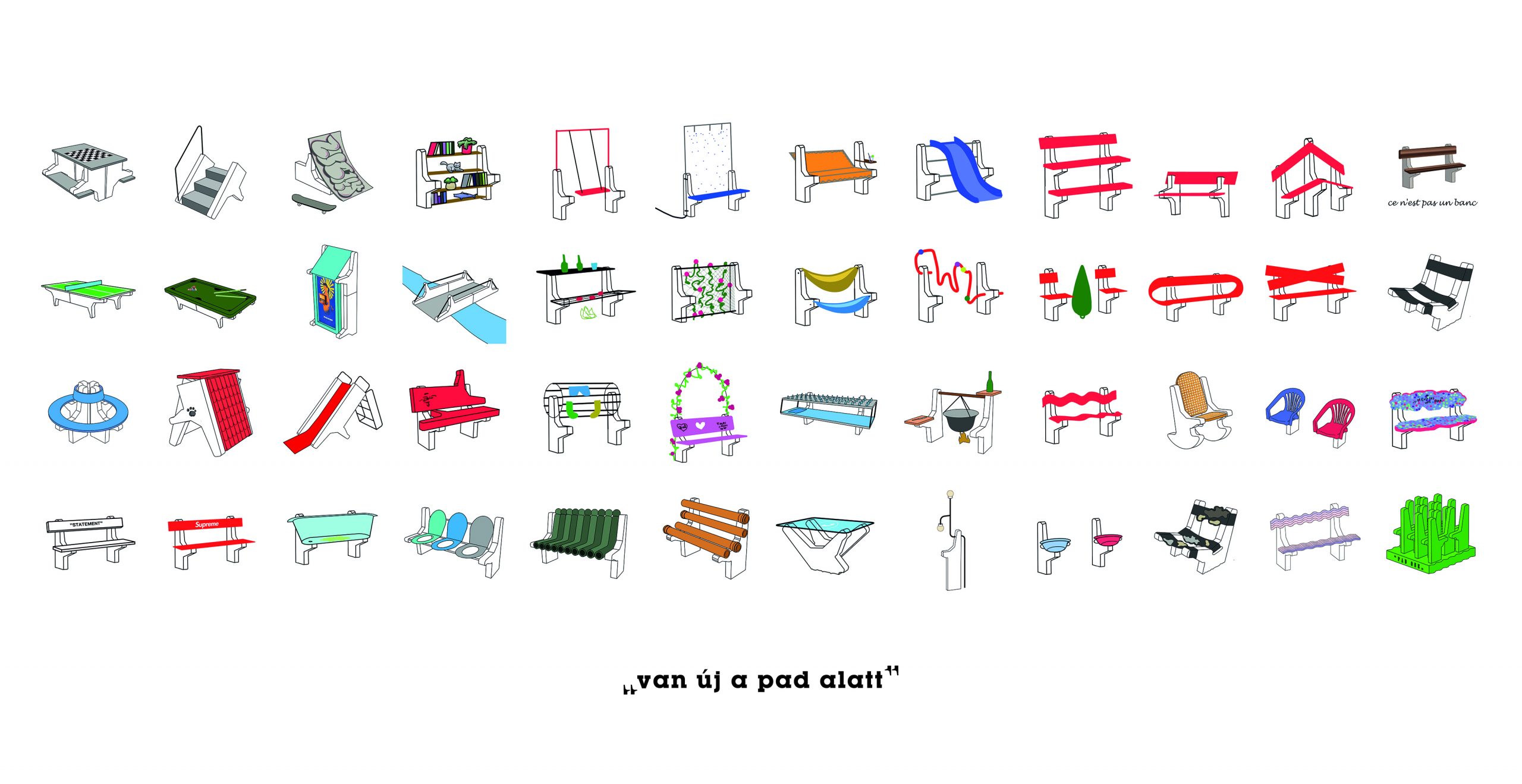
// /
Balázs Kisgyörgy’s There’s something new under the bench project was completed at the Product Design programme of Moholy-Nagy University of Art and Design with Dániel Lakos as his supervisor and Attila Horányi as his thesis advisor.

